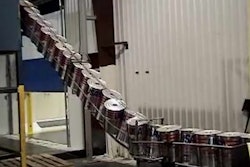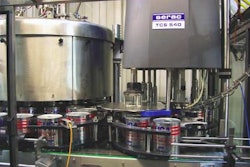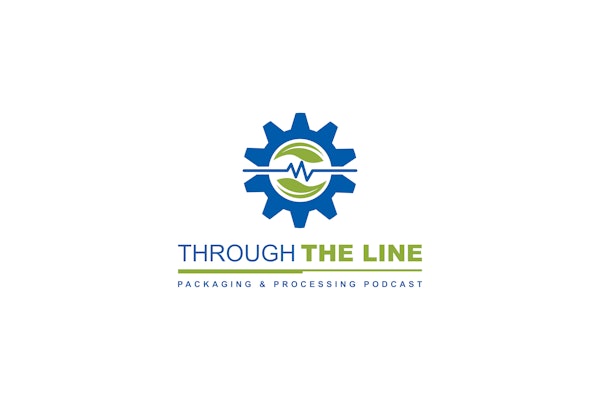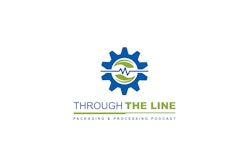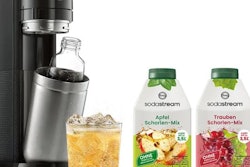H.P. Hood’s installation of an 81-valve rotary filler (see page 11) from Shibuya is significant because Hood is the first in the U.S. to receive a letter of non-objection (LONO) for a low-acid product on a rotary filler. Two other manufacturers of aseptic filling equipment have the FDA LONO: Stork and Tetra. But in both cases the LONO is for an in-line system. Stork has a notable low-acid aseptic installation in Mount Crawford, VA, at Morningstar Foods, a Suiza unit, and Tetra Pak has one at Jasper Products in Joplin, MO.
The difference between in-line and rotary is primarily a matter of complexity. Smaller and slower, in-line systems are designed for lower output, which makes it inherently easier to maintain sterility in the aseptic filling and capping chamber.
At H.P. Hood, no low-acid products are being produced at this time, but there’s no reason they couldn’t be, says Shibuya. Shibuya also indicates that a new installation now underway in Japan will soon produce 1겨 16-oz plastic bottles of low-acid products/min.
See the story that goes with this sidebar: Aseptic and ESL packaging keeps evolving




